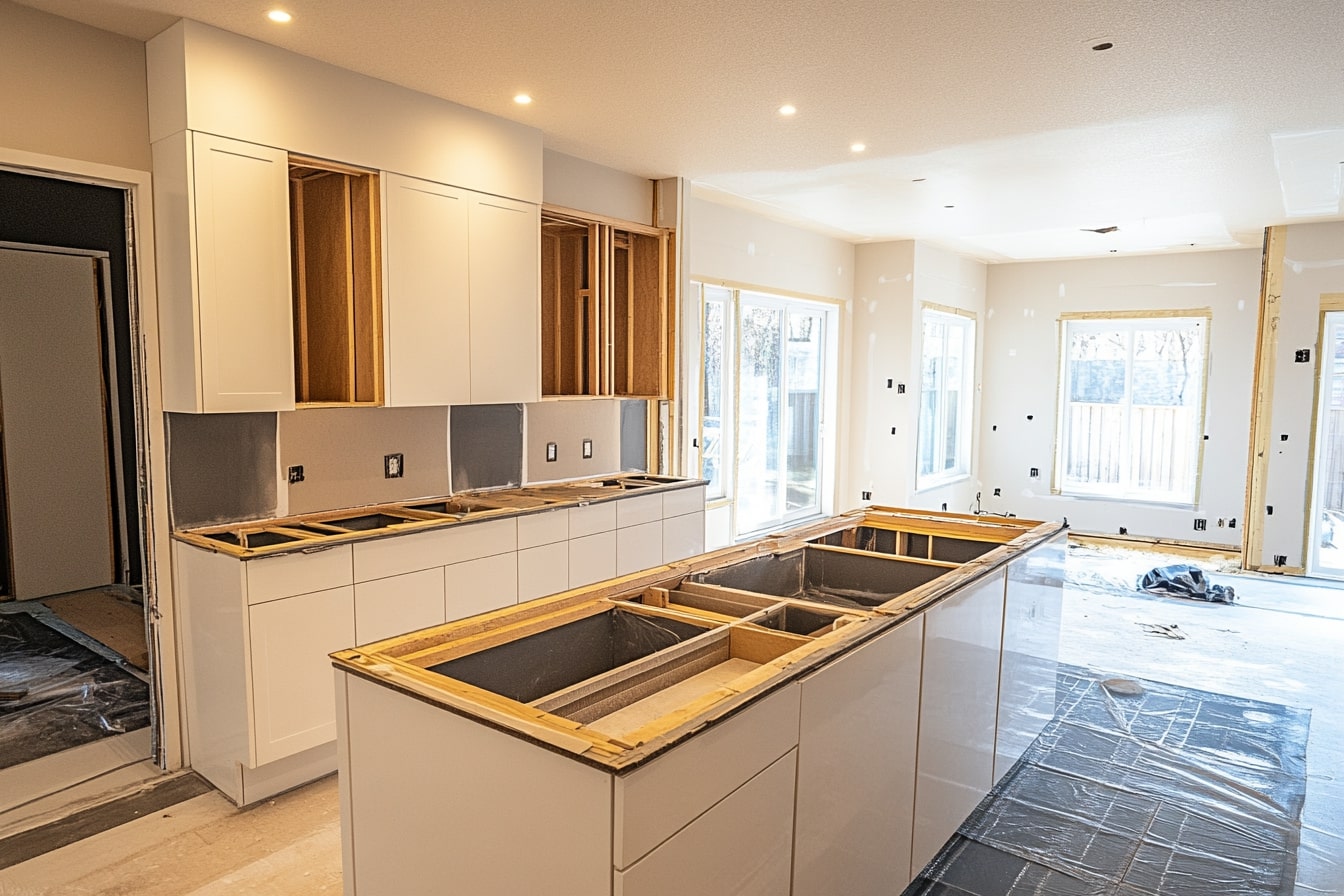Transform Your Kitchen: Complete Remodeling Guide & Costs
Revitalize your home with a thoughtful kitchen remodel that boosts functionality, style, and value. This comprehensive guide covers planning, current design trends, choosing cabinets and countertops, selecting appliances, and realistic cost ranges so you can make confident renovation decisions.

A kitchen renovation can completely reshape how you use and enjoy your home. Whether your goal is to modernize aging finishes, increase storage, or create a more welcoming space for family and friends, careful planning and informed choices will ensure the result meets your needs and stays within budget. Below is a step-by-step guide to help you navigate the process from concept to completion.
How to Plan a Kitchen Renovation
Start by evaluating what’s not working in your current kitchen and picturing how you want the space to function. Think about your daily routines: do you cook often, entertain, or need a family-friendly layout? Make a prioritized list of must-haves versus nice-to-haves.
Set a realistic budget that includes materials, labor, permits, and a contingency for surprises (typically 10–20%). Gather design inspiration from magazines, websites, showrooms, and real-life kitchens. Consider hiring a professional kitchen designer or contractor early—an expert can help optimize layout, identify potential structural issues, and recommend durable materials.
Create a project timeline. Small updates may take a few weeks, while full gut renovations can stretch to several months. Coordinate schedules for demolition, plumbing, electrical work, cabinetry, countertops, and finishing touches so you understand the sequence and expected duration.
Current Trends in Kitchen Design
Design trends shift with lifestyles and technology. Open-plan kitchens that flow into living and dining areas remain popular for fostering social interaction. Homeowners increasingly choose energy-efficient, smart appliances that connect to apps for convenience and monitoring.
Sustainable choices—like reclaimed wood, bamboo, and recycled stone—are on the rise among eco-conscious renovators. In terms of palette and finishes, two-tone cabinetry (darker hues below, lighter tones above) adds depth and visual interest. Large, multifunctional islands that serve as prep, storage, and seating zones continue to be a desirable focal point in modern kitchens.
Choosing Cabinets and Countertops
Cabinets and countertops determine both how your kitchen looks and how it functions. For cabinets, assess construction (solid wood frames vs. engineered options), hardware quality, and finish durability. Solid wood offers longevity and a classic aesthetic; engineered boards or veneer can reduce cost while still delivering a refined appearance. Custom cabinetry provides tailored storage solutions, but stock or semi-custom units can deliver good value for smaller budgets.
Countertop materials each have trade-offs. Quartz is known for durability and low maintenance, making it a popular everyday choice. Granite gives a unique, natural look but usually requires periodic sealing. Marble is elegant but can be more susceptible to stains and scratches. Butcher block brings warmth and is excellent for food prep but needs regular care. Match material choice to your cooking habits, desired upkeep level, and visual goals.
Selecting Kitchen Appliances
Appliances should match your cooking style, household size, and desired level of integration. Energy Star-rated refrigerators, dishwashers, and ovens reduce long-term energy costs and are often a smart investment. Consider capacity needs: a large family might prefer a spacious, multi-door refrigerator, while couples or singles may opt for a smaller, space-saving model.
Decide between built-in appliances for a seamless look and freestanding units for flexibility and cost savings. Smart appliances with Wi-Fi, remote monitoring, and voice control are increasingly accessible and add convenience for busy households.
Typical Remodel Costs
Costs vary widely depending on project scope, finishes, and location. Below is a general breakdown to help you estimate where your renovation might fall.
| Remodel Level | What It Includes | Typical Cost Range |
|---|---|---|
| Cosmetic Refresh | Paint, new hardware, minor updates | $10,000 - $30,000 |
| Midrange Remodel | New cabinets, countertops, appliances | $30,000 - $75,000 |
| Major Renovation | Layout reconfiguration, custom cabinetry | $75,000 - $150,000+ |
| High-End Remodel | Full redesign with premium materials | $150,000 - $250,000+ |
Prices, rates, or cost estimates mentioned in this article are based on available information and may change over time. Independent research is recommended before making financial decisions.
Practical Tips for a Successful Remodel
- Balance wants and needs: prioritize structural changes and high-use items (like cabinets and countertops) before splurging on cosmetic extras.
- Plan for downtime: set up a temporary kitchen area or arrange alternate cooking while work is underway.
- Choose durable finishes in high-traffic zones: backsplash materials, flooring, and cabinet finishes should resist wear and be easy to clean.
- Get multiple bids: compare contractors and request itemized estimates to spot discrepancies and understand where costs are allocated.
- Verify permits and inspections: ensure the necessary approvals are in place for electrical, plumbing, and structural work to avoid costly delays.
- Think long-term: select materials and layouts that will still appeal in years to come if resale value is a concern.
A kitchen remodel is more than a visual upgrade; it can enhance daily routines, add storage and functionality, and increase your home’s market appeal. By methodically planning the project, staying informed about materials and trends, and aligning selections with your budget, you’ll be better positioned to achieve a kitchen that serves your household now and in the future. If uncertainty arises, consult experienced professionals to refine your plan and avoid common pitfalls.






